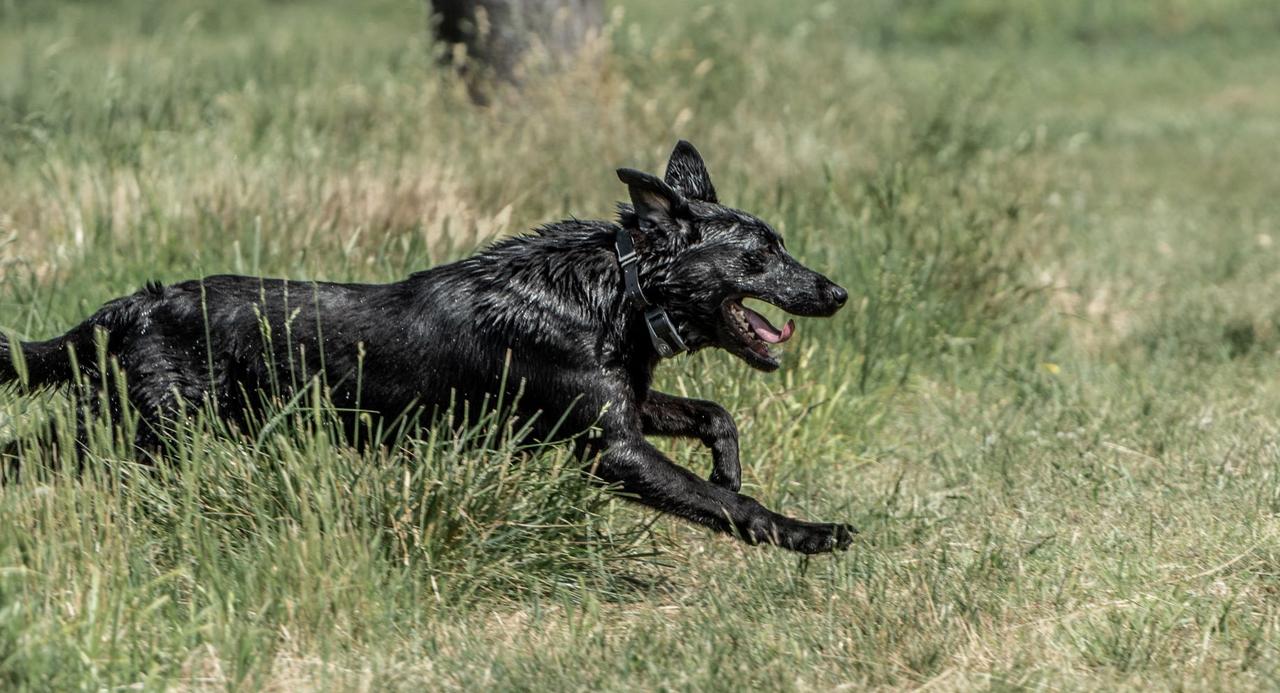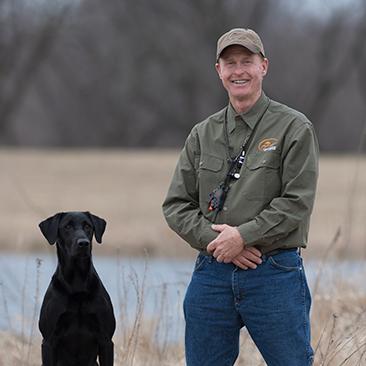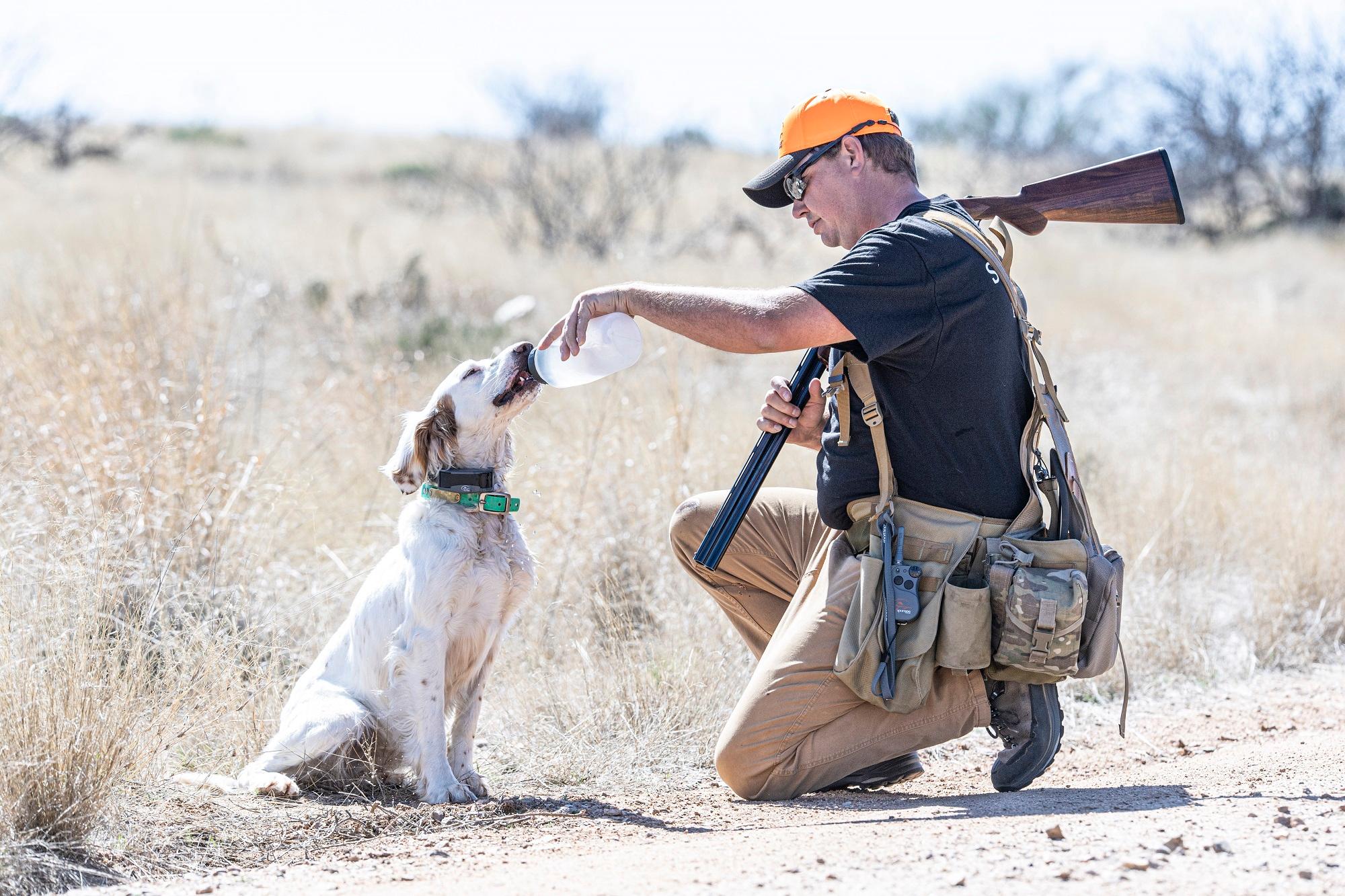
The Perils of Hot-Weather Hunting
Posted by Tom DokkenUp in the Midwest where I live, plenty of bird seasons open as early as September. As with any other time of year, the realities of September weather don’t necessarily align with the weather we’re hoping for. Sure, we might get a few of those nice, crispy mornings that feel like autumn, but quite often it’s hard to tell where August ends and September begins.
This can leave hunters feeling conflicted. It’s hunting season, we’re thinking. Time to get out there! On the other hand, when the heat index is more suitable for a day at the beach, it’s hard to get motivated to lace up your boots.
Most hunters take the attitude that they want to make the most of their free time and get into the field with their dogs, regardless of weather conditions. That’s understandable, but it requires careful consideration in regard to how you’re going to care for your dog. Having your dog go down from heat stress, heat exhaustion, or heat stroke are all too real possibilities when you work a dog in hot weather.
Several years ago in my home state of South Dakota we had a pheasant opener that most of us would like to forget. With temps in the high 80s to over 90 in some areas and hunters eager to hit the field for the noon opener on that October day, all the ingredients were in place for a disaster. Newspaper reports place the number of dogs that died that day at more than 100, and it’s estimated by locals and veterinarians that hundreds more suffered from heat-related illnesses.
My wife, Tina, and I hunted that day as well. We primarily hunt pheasants with Labs, a breed that’s not well-suited for hot weather. We were as eager to hunt as anyone, and we did, but we headed out with caution. We purposely targeted a piece of property where I knew we could hunt some heavy cover in a low spot that held water year-round. Our reasoning was that if one of our dogs started acting like it was getting stressed, we could get it to a pond to cool it down.
We had also decided ahead of time that we would hunt small pieces of cover for short periods, then take a break and cool down before moving to a new spot in our air-conditioned truck.
As it turned out, we didn’t even get to a second spot. With no breeze and the sun beating down mercilessly as we trudged through the dense cover, the hunt was just plain miserable. I thought, if I’m feeling the effects of such oppressive weather while I’m walking slowly, what must it be like for a dog with a heavy, black coat that’s covering at least three times the amount of ground?
After 20 minutes, we made the decision to quit. We guzzled what was left of our water and took the shortest route back to the truck. There would be plenty of days to hunt ringnecks, but this wasn’t one of them.
Living in South Dakota, I’ll admit it’s easier for me to make the decision to quit a hunt in hot weather because I know I’ll have plenty more chances to get out. I sympathize with hunters who may have traveled hundreds of miles from out of state to enjoy the nation’s premier pheasant hunting only to find that the experience could be, literally, life-threatening to their dogs.
With that cautionary tale out of the way, let’s view hot-weather hunting from a more positive point of view. First, the weather I just described was certainly an extreme. I don’t recall ever encountering those conditions on a South Dakota pheasant hunt in the 20-some years since. Even a thick-coated Lab can handle some heat. The keys to hunting safely include a keen awareness of your dog’s condition as well as understanding what to look for during a hunt.
You’ll be hearing a lot in the upcoming weeks and months about the new FieldSentinel™ Series from SportDOG® Brand. The FieldSentinel has an ultra-advanced collar that both receives and sends signals to a handheld remote. The collar’s sensors monitor your dog in real-time and if it senses your dog's exhaustion level is out of the ordinary, it notifies the handheld with an audible tone, a light, and vibration. This effectively tells the hunter that a dog needs attention ASAP.
While the FieldSentinel does not specifically diagnose what the problem might be, it offers a warning that your dog could be heading into a health emergency. When I first saw the prototype of the FieldSentinel, my first thought was that it was just like the Check Engine light in your car or truck that tells you to proceed with caution because you might risk ruining your vehicle if you continue driving.
It’s important that we as hunters recognize the warning signals of a heat-related emergency. A hard-hunting dog doesn’t know when to quit; you need to be the expert on reading its condition. The FieldSentinel is not a replacement for that knowledge, so study up on the dangers of heat on working dogs, specifically the “Big 3”: Heat stress, heat exhaustion, and heat stroke.
I encourage you to learn more about these conditions so you know the difference between knowing when your dog simply needs a break versus knowing when you need to get to a vet.

Tom Dokken
Northfield, MN
Dokken brings more than 45 years of retriever-training experience to the SportDOG team. He is well known as the inventor of Dokken’s Deadfowl Trainer, which has become standard equipment for retriever trainers everywhere. He is the owner of Dokken Dog Supply and Dokken’s Oak Ridge Kennels, the largest gun dog...
Related Products
FieldSentinel™ 825
FieldSentinel™ 1825
Related Articles



